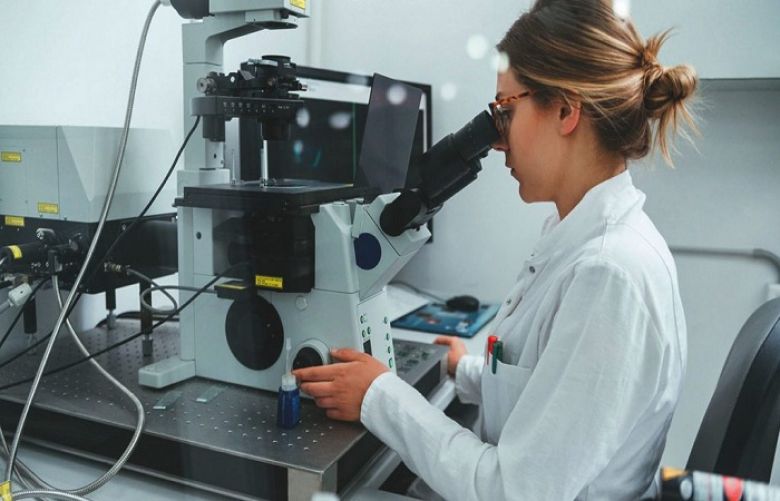The Visible Human Project is looking for volunteers to donate their bodies to be sliced up into thousands of digital images for research.
If you could donate your body to science after you die — knowing it would be frozen, sliced into thousands of pieces, and photographed millimeter by millimeter — would you?
That’s the thrust of the Visible Human Project, an ambitious plan to photograph cross sections of human cadavers for digital analysis and virtualization.
The project began in the 1990s with one donated male body and one donated female body.
The man was a convicted felon executed by lethal injection.
The woman was an anonymous housewife who died of a heart attack. Her body was donated by her husband.
That was the status of the project until a third participant literally walked into the room.
Susan Potter, the subject of an extensive new profile in National Geographic, was a surprise late entrant into the Visible Human Project.
The U.S. National Library of Medicine facilitated the program. It was supposed to wrap up with just the original male and female cadavers photographed in 1994 and 1995.
Formal funding for the project ended in 2001.
The original vision for the project called for healthy male and female cadavers.
Potter, who was at an advanced age with a history of disease and physical disabilities, didn’t meet those original qualifications.
But Vic Spitzer, PhD, one of the lead researchers on the original Visible Human Project, soon saw the value of having a “diseased body” for medical students to study in-depth.
That began to shape an extended vision of the project for the 21st century.
Potter, who approached Spitzer in 2000, died in 2015. Her cadaver was cut and imaged in 27,000 different segments, more than four times as many as the Visible Human’s healthy female and more than 10 times as many as the male specimen.
“The whole goal of imaging the cross-sections was to re-stack them into a complete human, identify everything in the body, and then take the body apart, present it any way a learner wants to see it — from the skin, in cross-section — any cross-section — not just one of the original images — or in 3D,” Spitzer told Reddit users in an “ask me anything” (AMA) question-and-answer forum.

